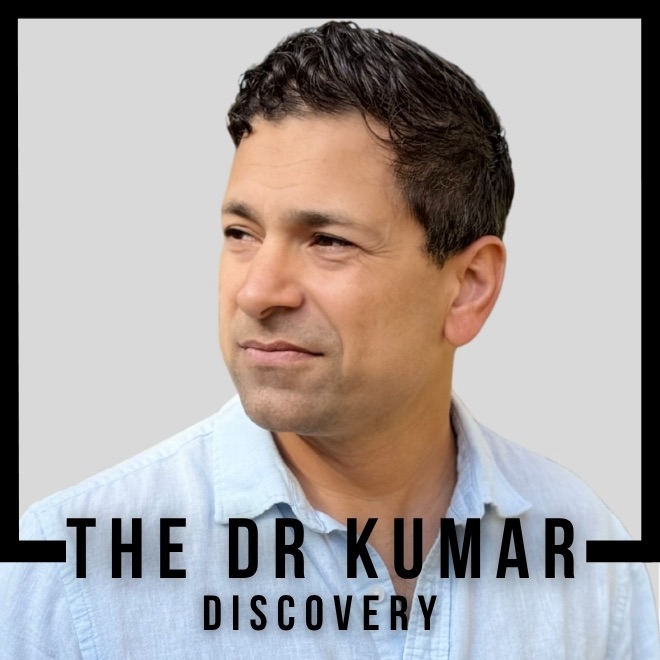Has the Medical Community’s Fear of Hormone Therapy Been Overblown?
Yes, according to mounting evidence that challenges two decades of hormone therapy avoidance. The original Women’s Health Initiative findings, which created widespread fear of hormone therapy, are now being reinterpreted in light of newer data showing that the risks were overstated and the benefits underappreciated, particularly for younger women starting therapy during the menopausal transition.
Dr. Kumar’s Take
This represents one of the most significant reversals in modern medicine. For over 20 years, millions of women have suffered needlessly with menopausal symptoms because the medical community misinterpreted and overreacted to the WHI data. The “medical dogma” that hormone therapy was dangerous has been based on studies of older women using outdated formulations. When we look at younger, healthier women using modern bioidentical hormones, the risk-benefit equation looks completely different.
What the Research Shows
Multiple reanalyses of the Women’s Health Initiative data reveal that the original conclusions were misleading. The study included women who were, on average, 63 years old and more than 10 years past menopause when they started hormone therapy. This timing hypothesis suggests that hormone therapy may be protective when started during the menopausal transition but potentially harmful when initiated years later. Subsequent studies have shown cardiovascular benefits, reduced fracture risk, and improved quality of life when hormone therapy is started appropriately.
How This Works (Biological Rationale)
The timing of hormone therapy initiation appears crucial for cardiovascular outcomes. When estrogen is started during perimenopause or early menopause, it may help maintain healthy endothelial function and prevent atherosclerosis progression. However, when started years after menopause in women who already have established cardiovascular disease, estrogen may destabilize existing plaques. This biological mechanism explains why younger, healthier women see benefits while older women in the WHI experienced increased risks.
Practical Takeaways
- Seek care from menopause specialists who understand current evidence rather than providers still operating under outdated guidelines
- Consider that the “window of opportunity” for hormone therapy benefits appears to be during the menopausal transition or within 10 years of menopause
- Understand that modern bioidentical estradiol and micronized progesterone have different risk profiles than the synthetic hormones used in the WHI
- Recognize that quality of life benefits from treating severe menopausal symptoms may outweigh small theoretical risks
- Know that avoiding hormone therapy also carries risks, including increased fractures, cardiovascular disease, and cognitive decline
What This Means for Perimenopause and Menopause Care
This paradigm shift validates what many women have experienced: that the medical community has been too quick to dismiss their suffering and too slow to offer effective treatments. The evidence now supports a more nuanced approach where hormone therapy is considered a first-line treatment for moderate to severe menopausal symptoms in appropriate candidates. This aligns with the message that women deserve comprehensive, evidence-based care during this critical life transition.
Related Studies and Research
- Association of Menopausal Hormone Therapy With Breast Cancer Incidence and Mortality
- Perimenopausal depression: review of recent findings and implications for future research
- Effects of menopause on temperature regulation
- Recurrent Urinary Tract Infection in Older Outpatient Women
- Episode 27: Perimenopause, Menopause, and HRT - What Every Woman Should Know
FAQs
Why did doctors stop prescribing hormone therapy after the WHI?
The WHI results were initially interpreted as showing increased risks of breast cancer, heart disease, and stroke. However, these findings applied primarily to older women using synthetic hormones, not the younger women who typically need hormone therapy for menopausal symptoms.
Is hormone therapy safe for women in their 40s and 50s?
Current evidence suggests that hormone therapy is generally safe and beneficial for healthy women starting treatment during perimenopause or within 10 years of menopause. Always discuss your individual risk factors with a qualified healthcare provider.
What’s different about modern hormone therapy compared to what was studied in the WHI?
The WHI used conjugated equine estrogens and synthetic progestin, while modern therapy typically uses bioidentical estradiol (often transdermal) and micronized progesterone, which may have more favorable risk profiles.
Bottom Line
The medical community’s blanket avoidance of hormone therapy, based on misinterpretation of the WHI data, represents a significant failure in women’s healthcare. Current evidence supports a return to individualized hormone therapy decisions, particularly for women experiencing the menopausal transition. The pendulum is finally swinging back toward evidence-based, compassionate care.


